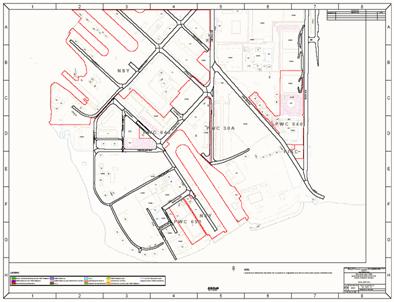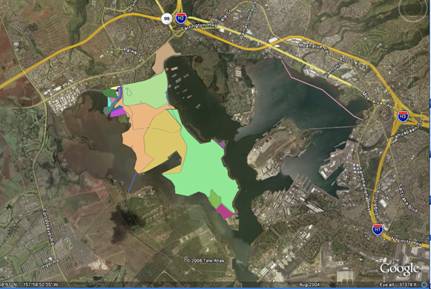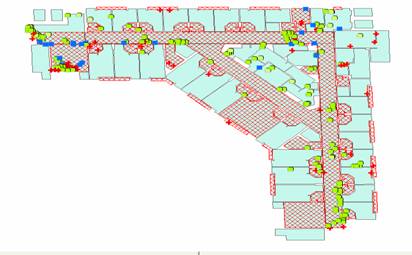Project Description: Project Description: HIES developed an accurate GIS data for communications infrastructure utility system characterizing the “Outside Cable Plant” infrastructure. HIES reviewed and analyze existing government reference documentation and developed a GPS point feature class and data dictionary that was used for field data capture. Field data was collected using the RTK method which resulted in a horizontal accuracy of approximately 4cm. For this effort, a Trimble base station which broadcasted RTK correction information via a Pacific Crest PDL external radio and Trimble R8 ver.2 receivers and TSC2 controllers were used as a rover to collect field positions and to verify/enter attribute data. A survey done by Towill in 2005 included several island wide survey markers. Additional markers were recovered and surveyed by HIES in 2011. This collection of markers represents a consistent network of baselines and was used as control to extend that network to include at least one point on each of the installation areas for which Communication system data is to be collected. All collected data was complied with NSSDA standards for horizontal and vertical accuracy, SDSFIE standards for data structure and attribution, FGDC metadata requirements, and NAVFAC models.







